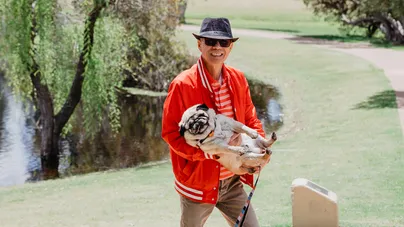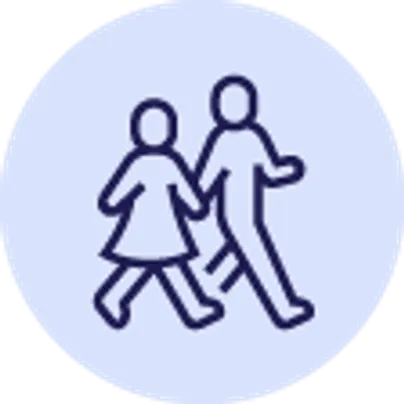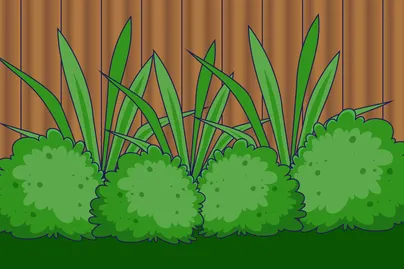Here are some guidelines on exercise for older people, including what type, how much, and how to get started.
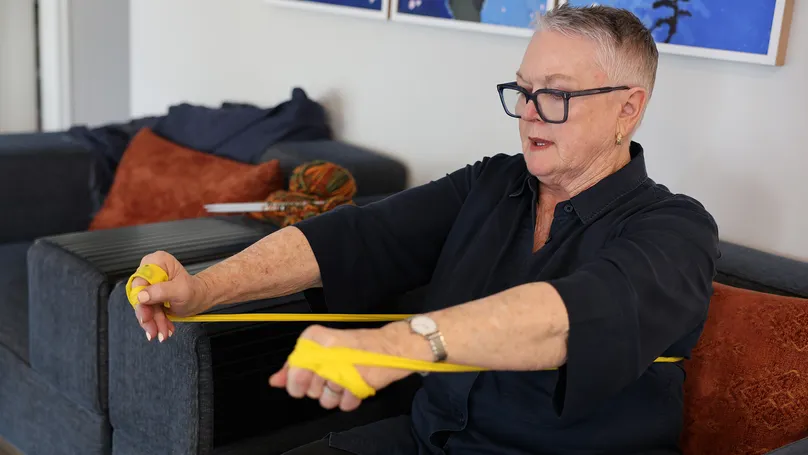
Recommended exercise for older people
Exercise is an important part of taking control of your ageing. In fact, regular exercise helps keep you independent for as long as possible. That's the definition of healthy ageing.
The Department of Health recommends 30 minutes of moderate-intensity exercise every day, or most days. Alternatively, the ACSM guidelines for physical activity recommend 2.5-5 hours spread throughout the week. For example, this could look like 3 sessions of an hour each week. The truth is that any amount of exercise is better than none.
But what can moderate-intensity exercise actually do for you? What could it look like for you? And how can you make it part of your daily routine?
Here's what regular exercise can do for you
1. Improve your health
Regular moderate exercise can help with many age-related health issues. This includes the management of osteoporosis, osteoarthritis, high blood pressure, and type 2 diabetes.
An active lifestyle helps to increase your energy levels and fitness. It can improve your strength, flexibility, and balance, reducing your risk of falls.
It's also good for your brain health and can make learning new things easier.
2. Get better sleep
People who exercise regularly tend to fall asleep faster and stay asleep for longer. And they report better quality sleep. Good sleep is an important factor to your overall health and peace of mind.
Here are some more tips for a better night's sleep.
3. Reduce stress
Exercise is a great way to boost your mood and reduce stress.
Stress has a way of affecting your physical health. It can even shut down your immune system. This means part of looking after your body includes taking care of your mental health as well.
You can check out more tips for reducing stress here.
Here are some tips for increasing your daily exercise
1. Start small and build slowly
First of all, get started with whatever amount of physical activity you can!
You can begin with easy exercises for only 10 minutes a day. Then, you can increase your intensity and duration as you feel able.
How to judge exercise intensity
A good way to tell the intensity level of an exercise is the talk test.
- If you can talk comfortably while you do the exercise, but aren't able to sing while moving, it's of moderate intensity.
- If you can talk and sing easily, it's low intensity.
- If you can do neither, it's high intensity.
2. Use LiveUp's free resources
You can peruse LiveUp’s printable exercise sheets for ideas and easy steps to follow. These can be found in the Strength & exercise section.
To help you stay motivated when keeping up with your exercise goals, here are 10 tips for creating healthy habits.
3. Use tools if you need them
Use aids if you need them to keep mobile. A walking aid, for example, might allow you to keep moving for as long as possible. The only way to improve your fitness is to keep moving.
Using dressing aids or assistive products in the kitchen and other areas can allow you to do things yourself more often. This means it could help you do more incidental exercise. That's physical activity you do as a byproduct of another task.
Doing tasks around the house for yourself is a good way to keep active and able as you age. Some simple low-cost products could help you stay independent for longer.
Try these popular physical activities for older people
1. Go for walks
You could take a brisk walk through the neighbourhood or try a hiking trail with friends. You could also play golf and opt for walking between holes, rather than using the golf cart.
Learn more about walking for healthy ageing.
2. Do some gardening
Talk about incidental exercise! Some garden work could be a good source of cardio, stretching, and gentle strength training.
Learn more about gardening for healthy ageing.
In the same vein, you could do housework or wash the car. But gardening has the added mental health benefit of combining greenery with sunshine.
3. Chair yoga
Chair yoga is a low-cost, low-impact way to improve your mobility, strength, and balance. And it makes you feel great.
To get started, you can follow this exercise sheet of 10 chair yoga poses to try at home.
4. Tai Chi
Tai Chi is also low impact, low cost, and high reward. It's mostly performed in a semi-squatting position, with slow and careful movements. It practices your posture control, trunk rotation, weight transfer and strength. And it's been found to successfully decrease the rate of falls in older people.
5. Water aerobics
Start your aqua fitness journey by finding a local water aerobics class.
Moving in water is easy on the joints and rewarding to the muscles. In fact, water exercises have physical and cognitive, as well as psychological benefits for older people. Improve your coordination, balance, strength, and mobility in a safe environment.
Water aerobics is also good for heart health, weight loss, and managing arthritis or injuries.
6. Dance classes
Dancing helps with fitness, strength, flexibility, joint health, balance, and coordination. It's also associated with reduced risk of dementia. Styles that involve improvisation and creativity are especially good for the brain.
Bonus tip: Join some clubs!
While these popular activities can mostly be done at home or on your own, you may benefit from doing them in group settings.
Join a walking group or community garden. It could add socialisation to your daily physical activities. A class setting can help guide you through activities like chair yoga and Tai Chi. And of course, water aerobics and dance classes are safest (and more fun) with friends!
There are many ways you can use physical activity to keep connected with your community.
Things to consider
When exercising, you may need to drink more water than usual. Here are some tips on staying hydrated.
You can also make exercise easier by eating well. A good diet will keep you nourished and give you the energy you need to get moving. Here are some tips on eating for good health.
Get in touch with LiveUp
It’s never too late to get started. If you need more information, take the LiveUp quiz or get in touch with one of our helpful navigators on 1800 951 971.
You can also click on the links below for more detailed information about exercise:
References
Australian Government Department of Health. (May 2021). Physical activity and exercise guidelines for older Australians (65 years and over). https://www.health.gov.au/topics/physical-activity-and-exercise/physical-activity-and-exercise-guidelines-for-all-australians/for-older-australians-65-years-and-over
Farinha, C., Teixeira, A. M., Serrano, J., Santos, H., Campos, M. J., Oliveiros, B., Silva, F. M., Cascante-Rusenhack, M., Luís, P., & Ferreira, J. P. (2021). Impact of Different Aquatic Exercise Programs on Body Composition, Functional Fitness and Cognitive Function of Non-Institutionalized Elderly Adults: A Randomized Controlled Trial. International journal of environmental research and public health, 18(17), 8963. https://doi.org/10.3390/ijerph18178963
U.S. Department of Health and Human Services. (2018). Physical activity guidelines for Americans (2nd ed.). https://odphp.health.gov/sites/default/files/2019-09/Physical_Activity_Guidelines_2nd_edition.pdf?utm_source=Spinal%20Decompression%20Surgery%20list&utm_medium=inline-CTA-laminoplasty-specialist&utm_campaign=Conditions%20to%20physicians
Verghese, J., Lipton, R. B., Katz, M. J., Hall, C. B., Derby, C. A., Kuslansky, G., Ambrose, A. F., Sliwinski, M., & Buschke, H. (2003). Leisure activities and the risk of dementia in the elderly. The New England Journal of Medicine, 348(25), 2508-2516. https://doi.org/10.1056/NEJMoa022252
Yoo, J.-H. (2020). The psychological effects of water-based exercise in older adults: An integrative review. Geriatric Nursing, 41(1), 45-53. https://doi.org/10.1016/j.gerinurse.2020.04.019
LiveUp provides free information to help you make informed decisions about your health. This information is for general and educational purposes only, is not intended to provide a comprehensive guide, and does not replace medical advice. Everyone is different, so some of these tips may work better for you than others. You should use your own judgment and seek medical advice when applying this information to yourself, to determine if it is suitable in your circumstances. Your use of, or reliance on, this information is solely at your own risk. Independent Living Assessment Incorporated is not responsible or liable for any injury, loss, or damage caused as a result of your use of, or reliance on, this information.
Download and print this article:
You can print out the PDF and stick it to your fridge or file away the tips to revisit at a later time.
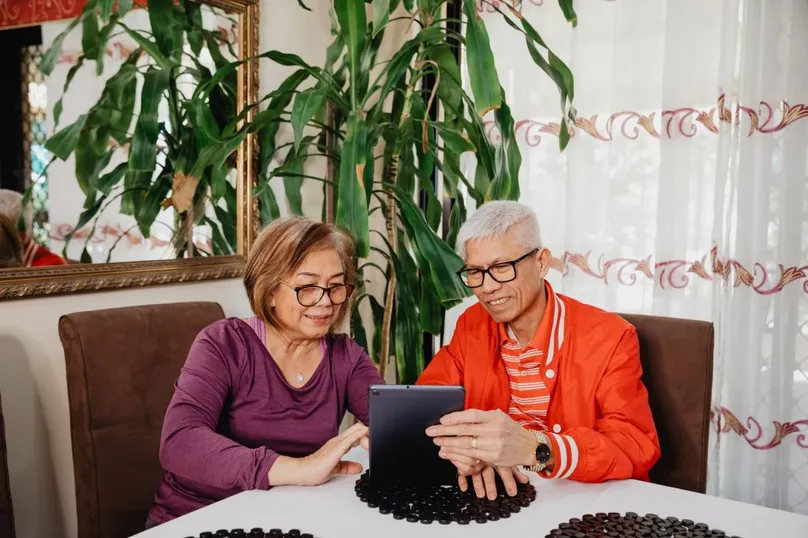
Read more Fitness articles
Did you enjoy this article? You may also like reading similar healthy ageing articles.
See all Fitness articles